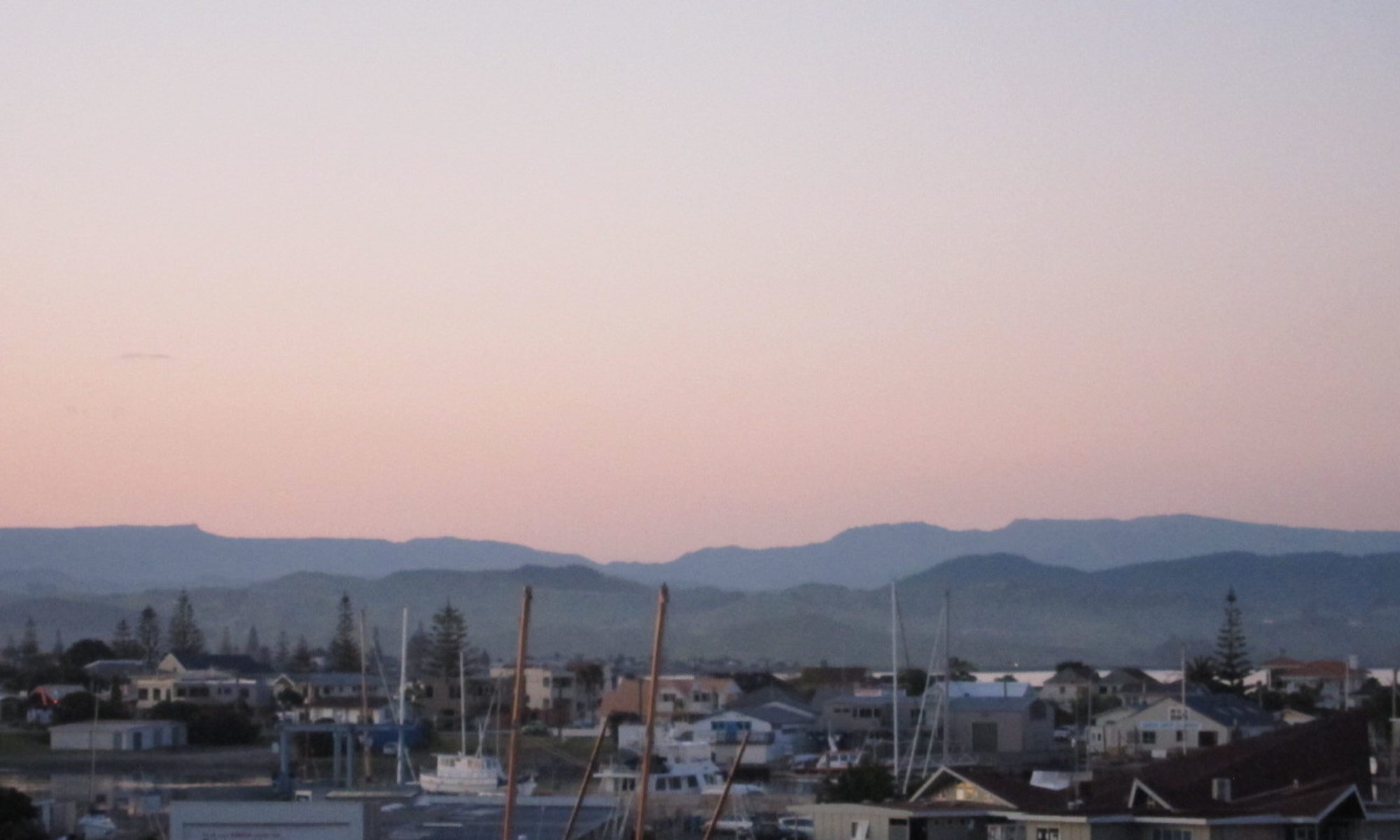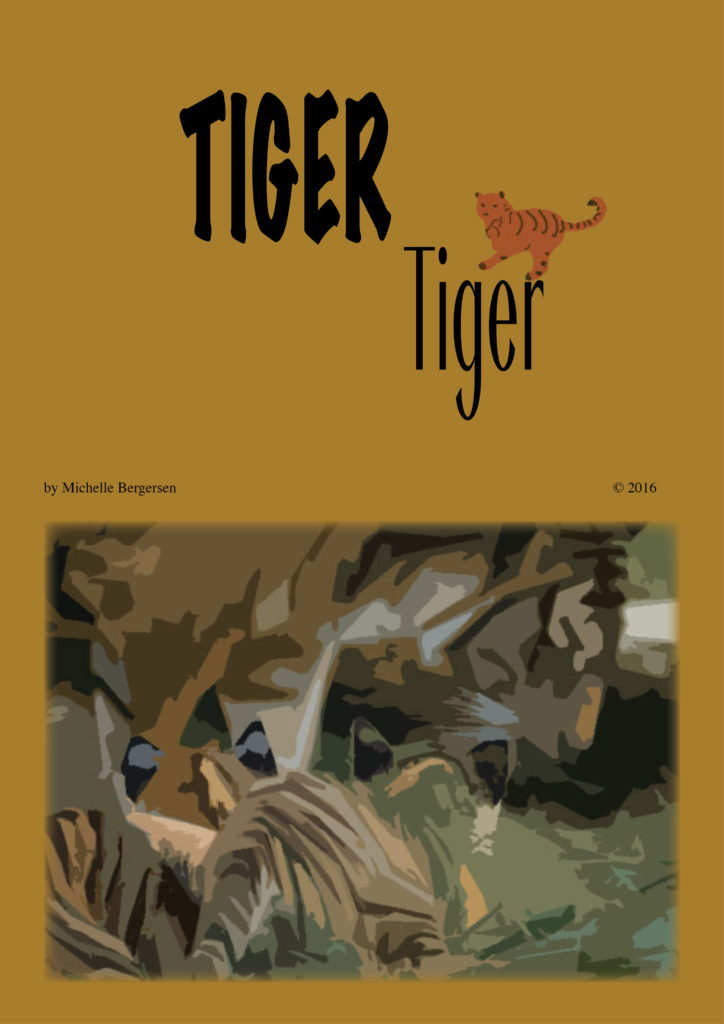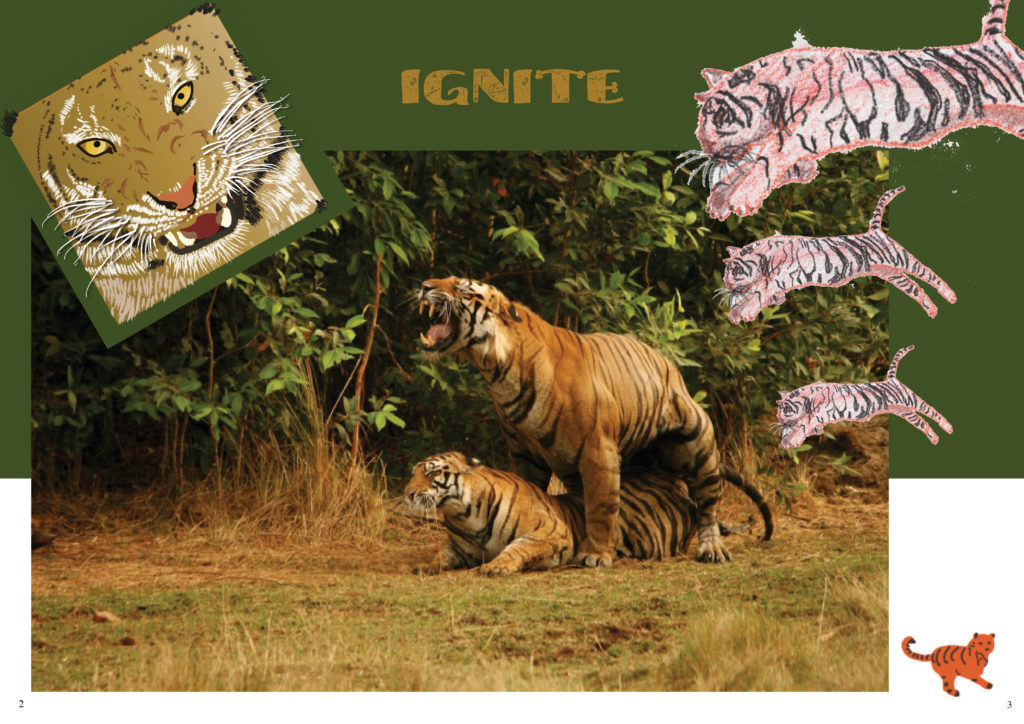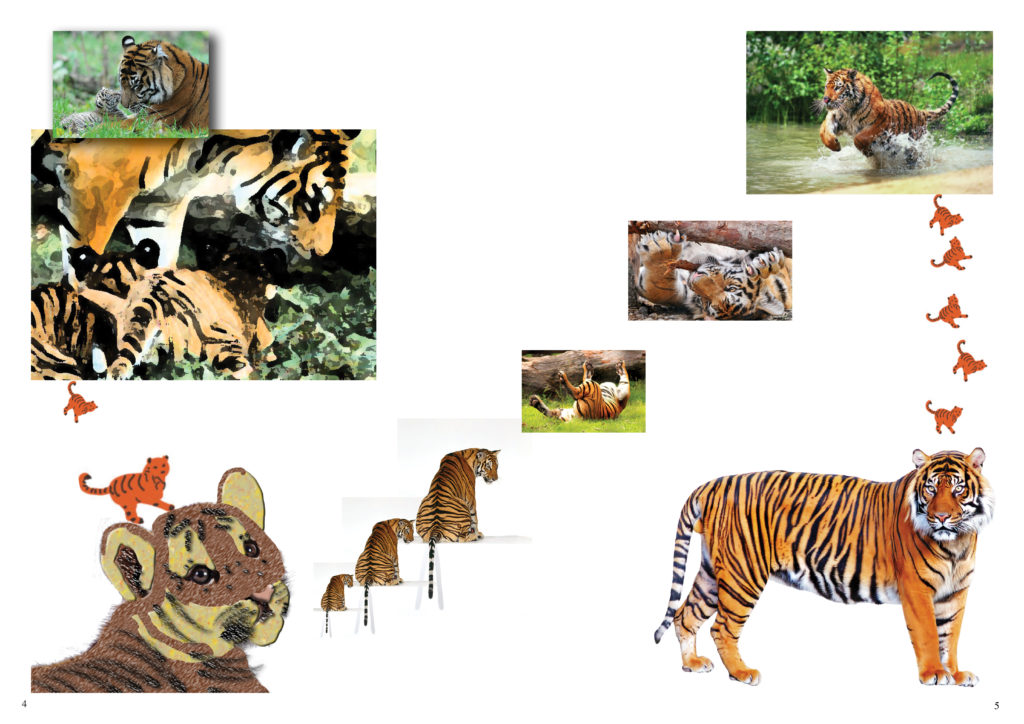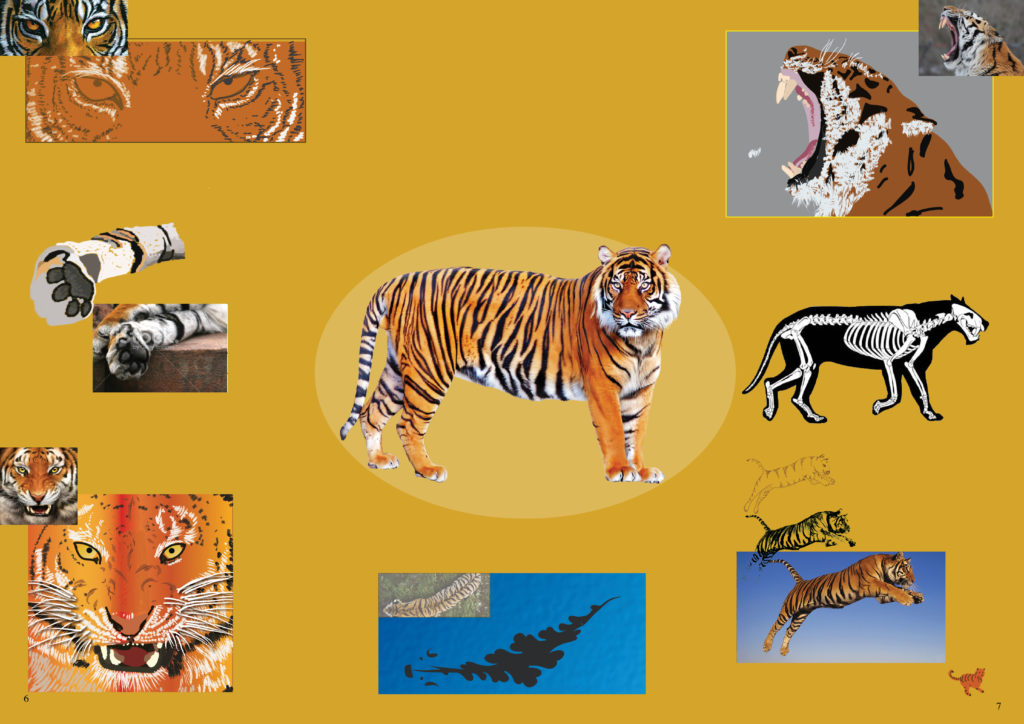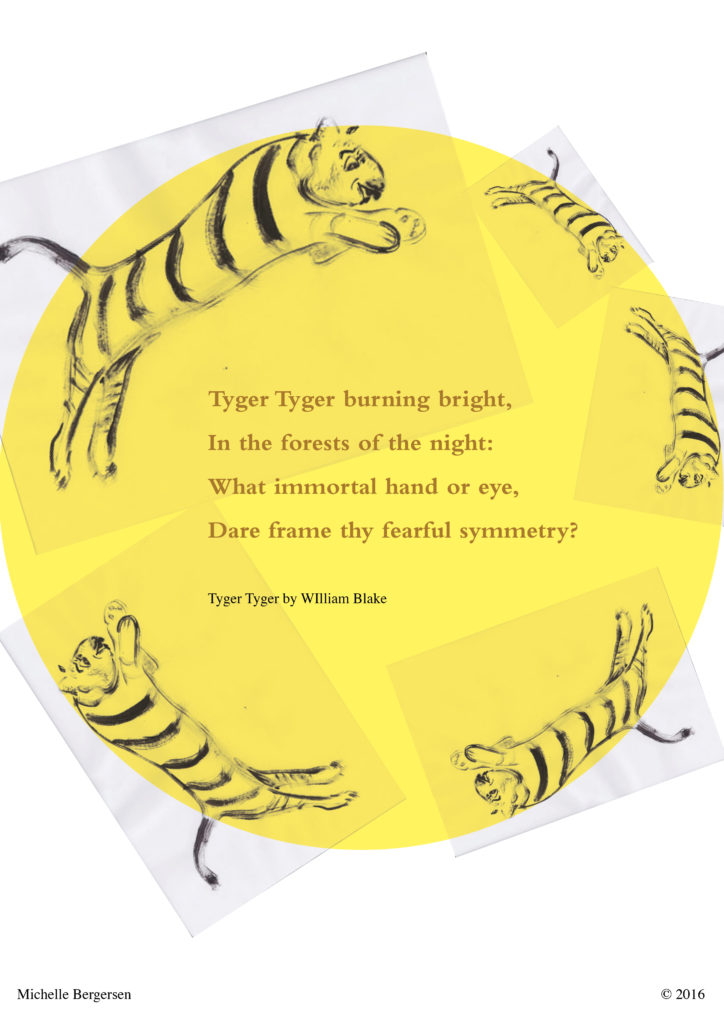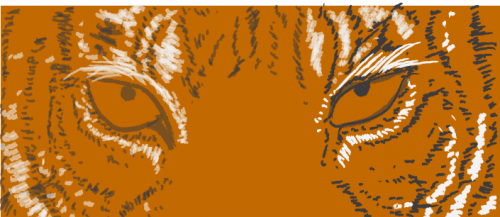I am doing a Graphic Design set of course through coursera. This is the third course and is about image making. This is my fianl assignment, the cuminaltion of the previous weeks work.
First we had to research a subject. I chose tigers.
Then, in week 2,we had to draw, paint and otherwise use our creativity to make images based on the research.
In week 3 we had to make spreads using the images from week 1 and 2 and show hierarchy of scale, space and figure/ground.
The final week, week 4 was to use the previous 3 weeks work and create a booklet about your subject.
.
Here is the final booklet in PDF form TygerTygerBookletFinal
And here are the JPEG files of the same.
The brief was as follows:
Instructions
In this final assignment you are asked to pull together all of your imagemaking work and compositional experiments into a single 8-page booklet. Now is the chance to play around on the page! As described, you can complete this assignment on the computer (using InDesign) or by hand.
Assemble the images you have collected or made into one place.
If you are using InDesign, scan or photograph your images so they are cleaned up and ready to go as digital files. If you are working by hand, you might want to photocopy your work at a few different sizes so you have some options to work with.
Set up an eight page booklet consisting of three two-page spreads and front and back cover. Each page should measure 8.5 inches wide and 11 inches high, or about the dimensions of a single letter-sized sheet of paper.
Adjust or alter your existing compositions from Week 3 to this new format, trying to use at least one form of compositional hierarchy in each. How can you create a sense of narrative going from page to page through the book? Try moving images around, and consider the edges and center of the pages.
Consider and create a compelling front and back cover for your book. What images or strategies can you employ on the front cover to give readers an idea of what the pages hold? On the back cover, how can you articulate a sense of closure to your narrative?
IMPORTANT: You will be uploading each component of your book as separate image files, 5 in all, starting with the front cover, then the three (reader’s) spreads, then the back cover. You may present your page spreads as exported files from InDesign, or photographs of your final, assembled book.
Do not upload printer’s spreads for this assignment as it will be difficult for your peers to review your project. See this diagram for further explanation:
Additionally, write a short paragraph that describes your process of assembling the book. What are some things you learned in the process of playing with compositional hierarchy?
Review criteria
This is a required, graded assignment, as well as very good practice! Three of your peers will assign you a grade on your submission based on the following criteria:
- Did you upload all the required components of the assignment (title, short paragraph and 5 page spreads)? (6 pts)
- Does the front cover adequately announce the subject matter of the book? Is it clear what the book is trying to communicate? (2 pts)
- Does each spread adequately articulate a sense of compositional hierarchy? (2 pts each)
- Does the book articulate a sense of narrative throughout its pages? (2 pts)
- Does the back cover give a sense of closure to the narrative inside the book? (2 pts)
How would you have marked me?
